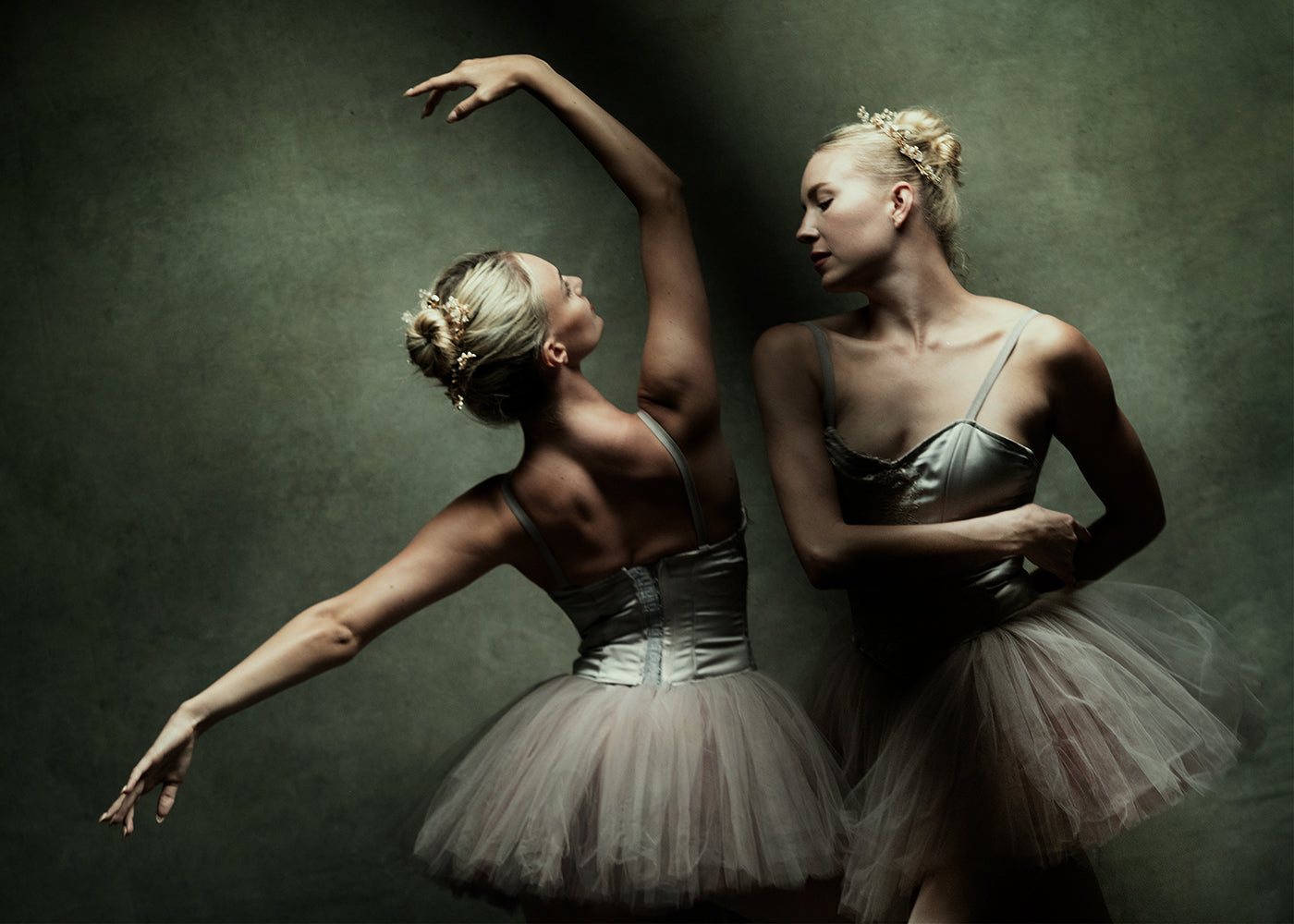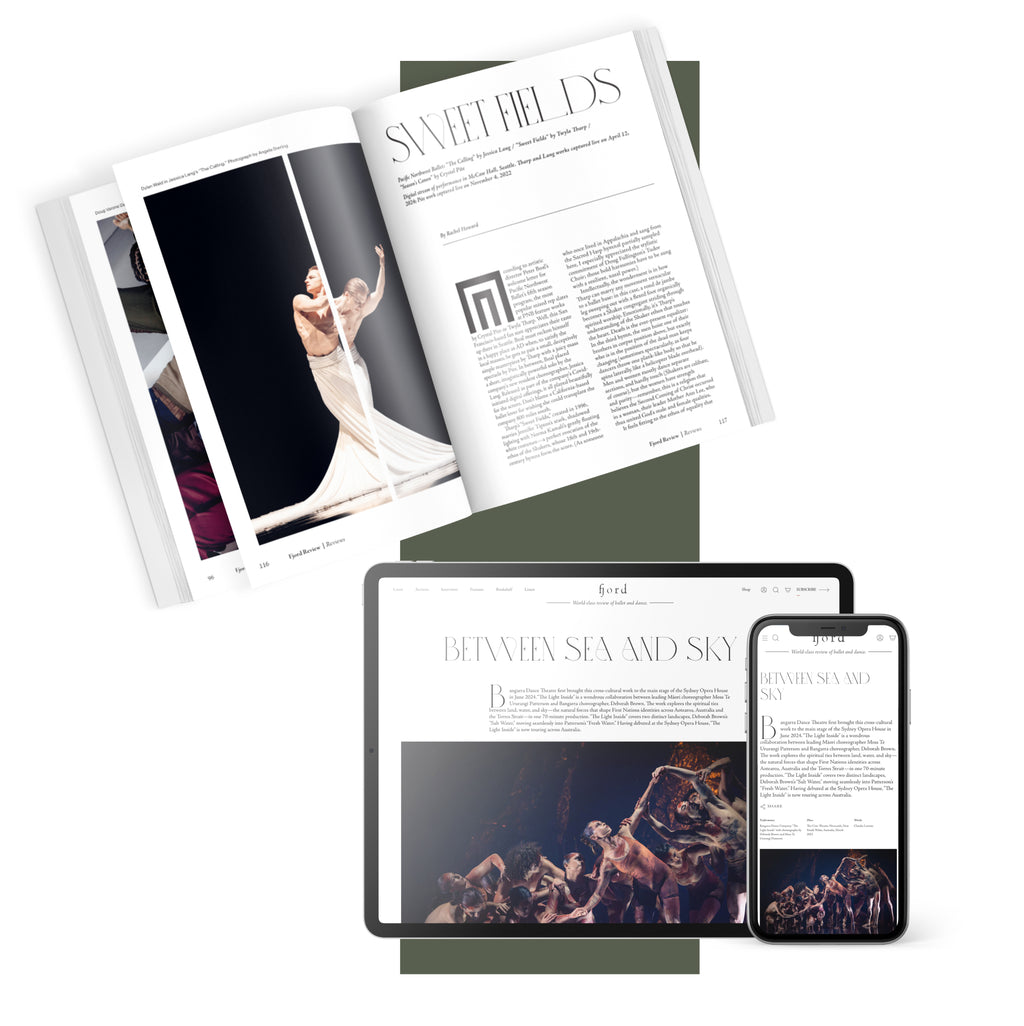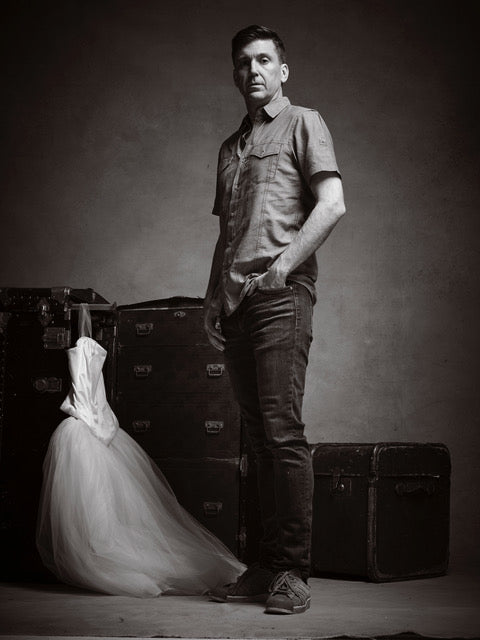Critic's Picks 2025
Throughout the year, our critics attend hundreds of dance performances, whether onsite, outdoors, or on the proscenium stage, around the world.
Continue Reading
World-class review of ballet and dance.
Talk about the marriage of music and dance! Following in the footsteps of George Balanchine, whose works with Igor Stravinsky stretched across decades, Lincoln Jones, artistic director and choreographer of American Contemporary Ballet, continues the tradition when his company dances the world premiere of “The Euterpides.” Performed June 5-28 on a soundstage at the famed Television City in the Fairfax District of Los Angeles, the commissioned ballet was composed by former child prodigy, Alma Deutscher, who turned 20 in February, and who will also conduct a 17-piece ensemble for the first two performances.



“Uncommonly intelligent, substantial coverage.”
Your weekly source for world-class dance reviews, interviews, articles, and more.
Already a paid subscriber? Login

Throughout the year, our critics attend hundreds of dance performances, whether onsite, outdoors, or on the proscenium stage, around the world.
Continue ReadingOn December 11th, the Alvin Ailey American Dance Theater presented two premieres and two dances that had premiered just a week prior.
Continue ReadingThe “Contrastes” evening is one of the Paris Opéra Ballet’s increasingly frequent ventures into non-classical choreographic territory.
Continue ReadingI’m in the audience of the Pit to watch Kaori Ito’s solo performance, “Robot, l'amour éternel.” It’s in the blackbox performing space at the New National Theatre Tokyo, intimate and close. The stage is an open, raised platform, gauzy white fabric covering the floor.
Continue Reading
comments